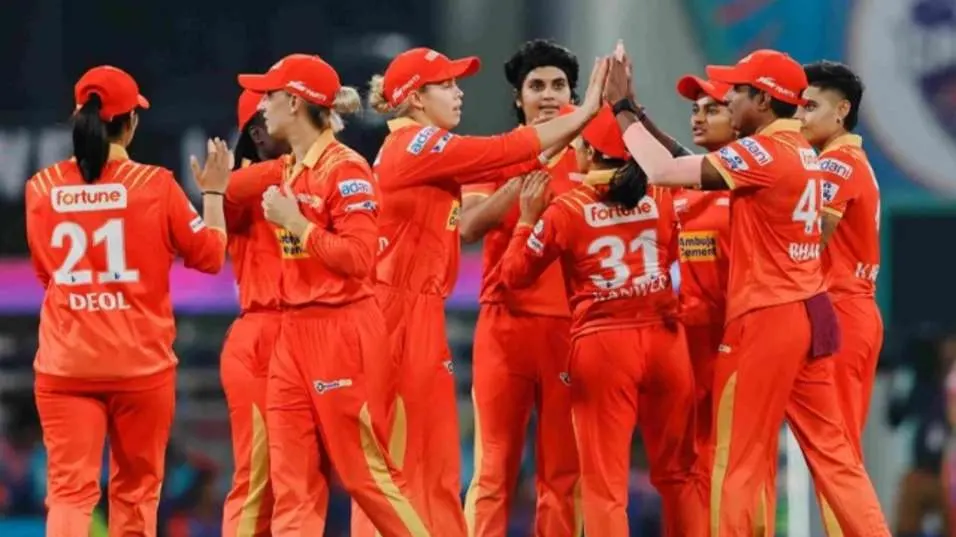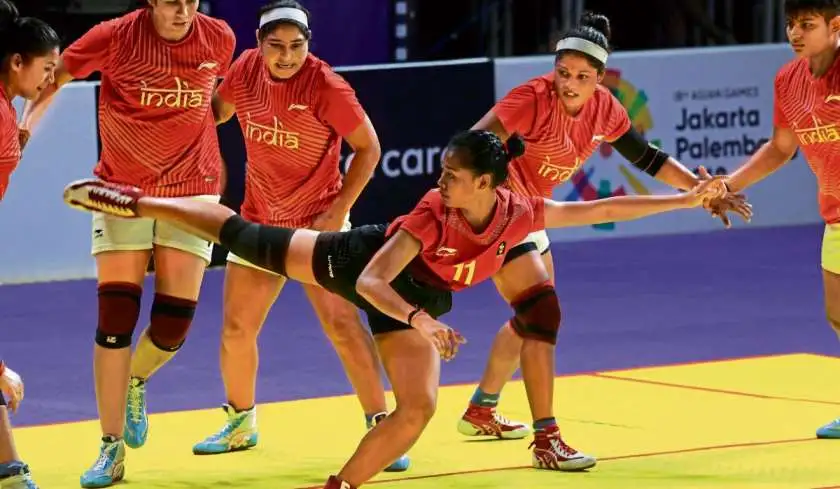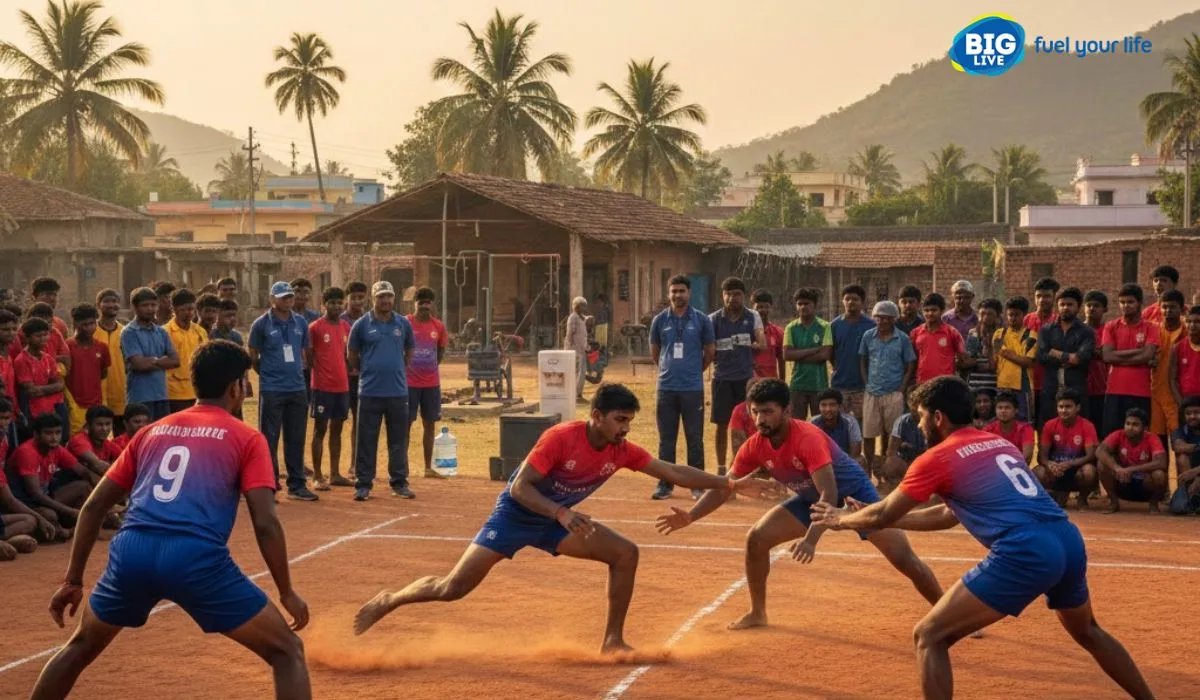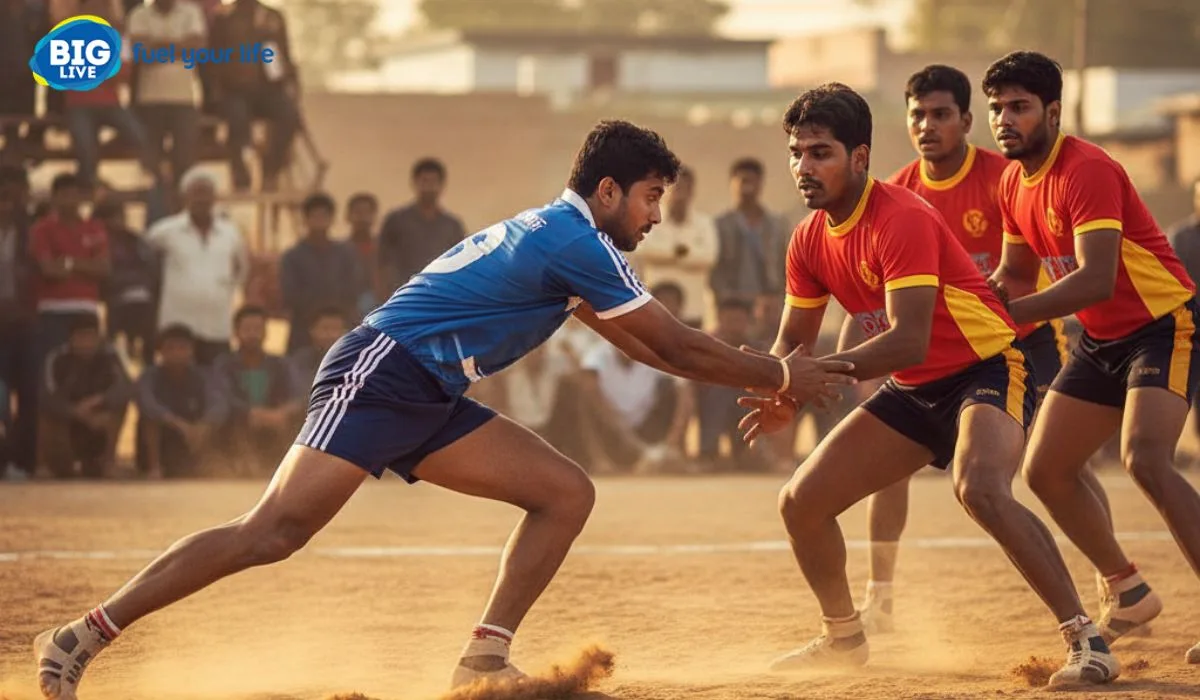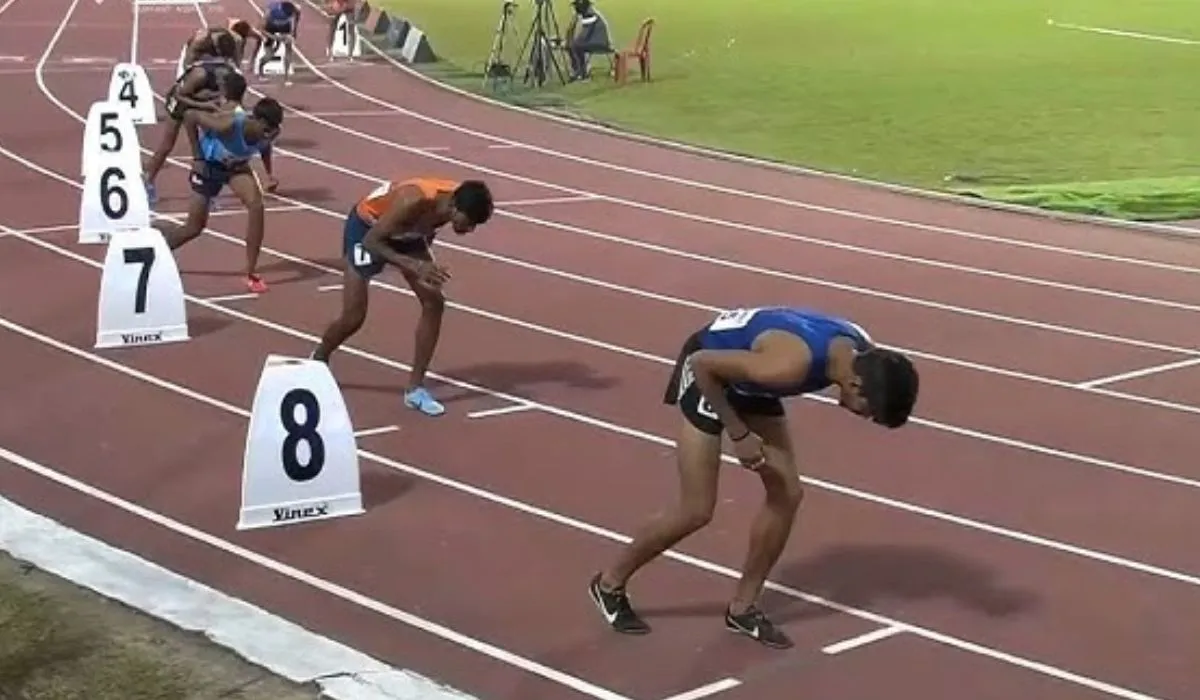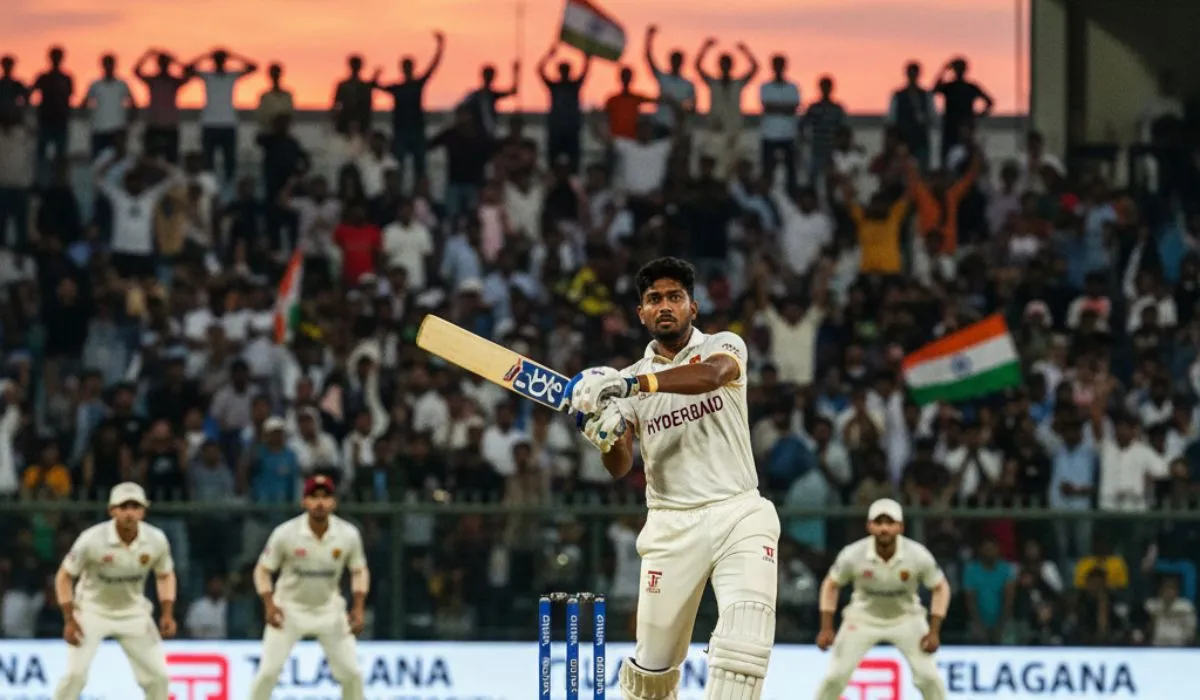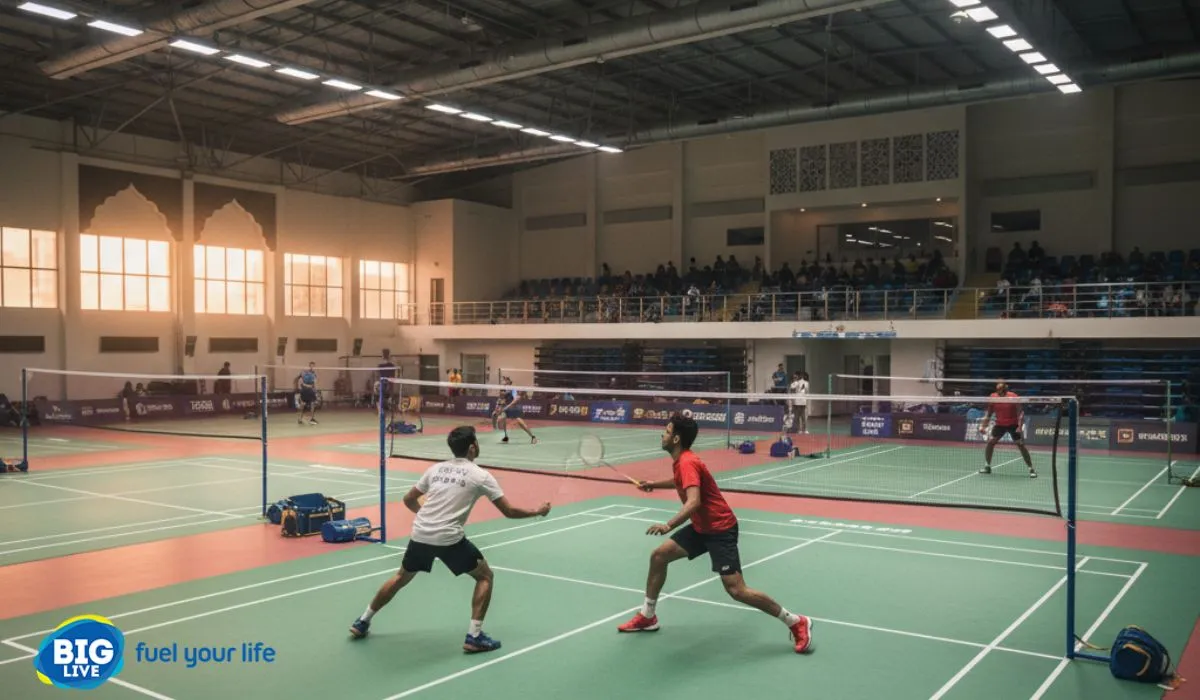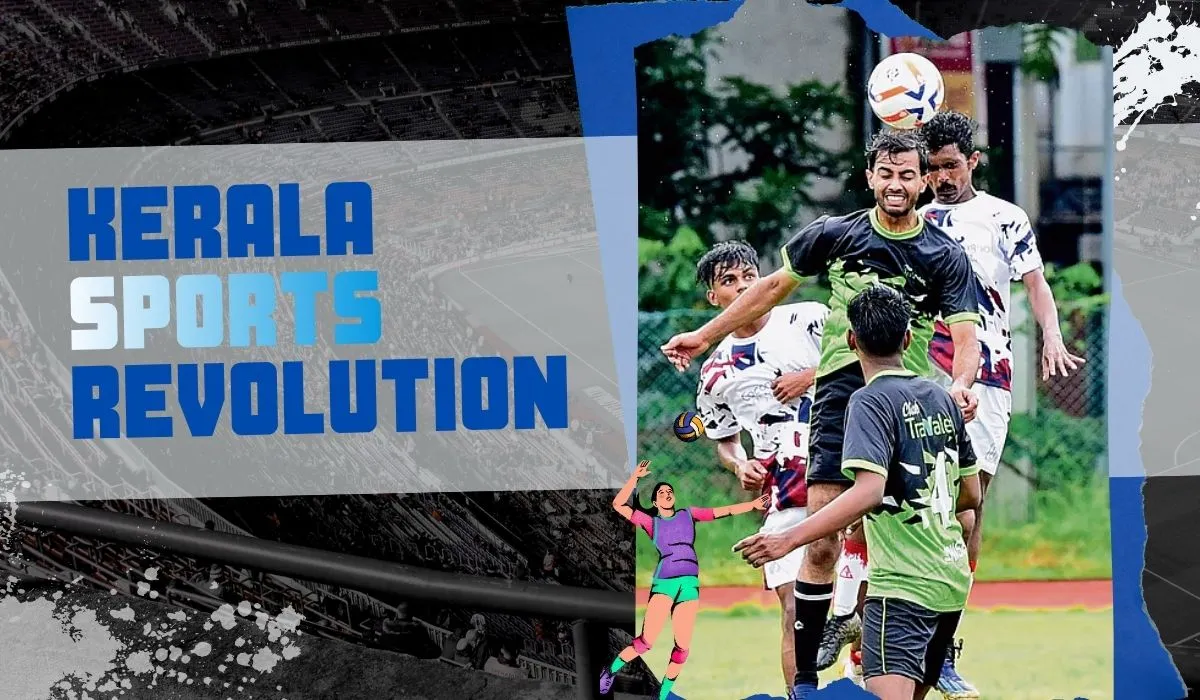Cricket in Gujarat? Say that out loud and most people throw the same names back at you—Parthiv Patel, maybe Axar. Usual suspects. Men’s cricket.
But if you look closer—not at stadiums, but the cracked grounds behind old schools, or a corner of a college field at 6:15 in the morning—you’ll see something else. It’s not shiny. Not official. But it’s real.
A few girls, bruised knees and borrowed bats. Worn-out shoes. Oversized jerseys. Dust on their faces and fire in their eyes. Playing like it’s everything. 'Cause to them, maybe it is.
From Ahmedabad to Rajkot. Vadodara to Bhavnagar. It’s not about waiting anymore. These girls are already at the crease. Bowling fast, screaming instructions, taking singles, diving for the ball. Nobody’s giving them a stage. They’re dragging it out themselves.
When Saying Let Me Play Was a Problem
Go back a decade. Maybe 12, 13 years
A girl says she wants to play cricket? She isn’t taken seriously. Or worse—she’s told to stop before she starts. “Cricket is for boys.” “Focus on exams.” “You’ll get hurt.” “Who’ll marry a girl with tan lines and bruises?”
That was the soundtrack. But somewhere around 2010, the Gujarat Cricket Association—quietly—opened a few camps for girls. Nothing fancy. Bare bones. But it was… something.
They came. A few at first. Then more. Some didn’t even have kits. Some wore chappals. Some told their parents they were going to tuitions. One girl hid her bat under her bed.
There weren’t any medals. No crowds. Sometimes the coach didn’t show. Sometimes the ball was flat. Sometimes the boys laughed. But some girls stayed. That’s the important part.
Read More: Gujarat's Sporting Gap: Why No Major Events Are Happening This Week
The Ones Who Made It Through
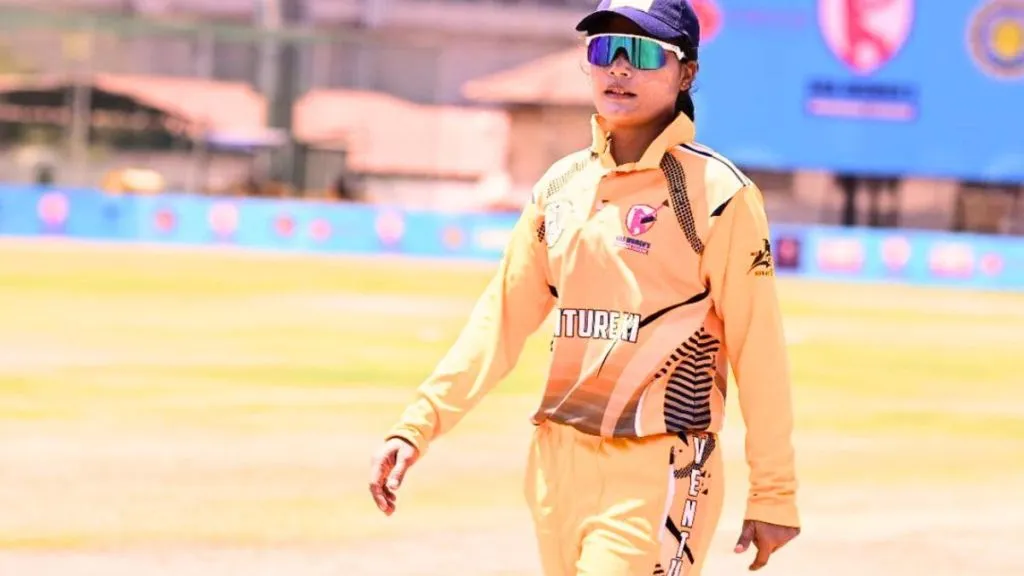
There’s Tarannum Pathan. From Vadodara. Calm as a pond, deadly as an off-spinner. She practiced in her backyard under tube lights. Bowled to her cousin while her mother called her in to help with dinner. Now? She’s repping India A.
Then Simran Shaikh. Surat. Opened the batting like a storm. Her coach once told her to "hold back." She didn’t. Still doesn’t. And she’s got selectors’ attention now. Probably made a few of them nervous with how hard she hits.
And Priyanka Parmar. Left-arm spin. Ahmedabad. Doesn’t talk much. Doesn’t need to. Her wickets do it for her. Doesn’t fist pump. Just turns around and gets ready for the next ball. Consistency wrapped in silence. They’re not one-offs. They’re signals. That this isn’t a fluke. It’s movement.
Net Practice Meant Waiting in Line.. or Not Getting In
Ten years back, if a girl wanted to train, she had to wait. Nets were taken. Boys came first. Always. If there was time left, she might get 10–15 minutes. Or nothing. And if she was bold enough to ask? She got glares.
Most equipment was hand-me-downs. Balls without shine. Pads that didn’t fit. Helmets with missing straps. Coaches often didn’t look their way.
Now? Slowly changing.
In places like Surat, Baroda, even Rajkot—there are women-only nets. A few. But they exist. Coaches like Reema Raj, who once begged for slots herself, now run programs for U-14 girls.
Reema says, “We used to hide our kits so boys wouldn’t laugh. These girls? They hide nothing. But they still hustle hard.”
Training’s now five days a week. Some girls are on gym routines. A few even get school scholarships. There’s structure—but it’s a shaky scaffold, not a solid wall. Not yet.
Gujarat Giants Made It Real
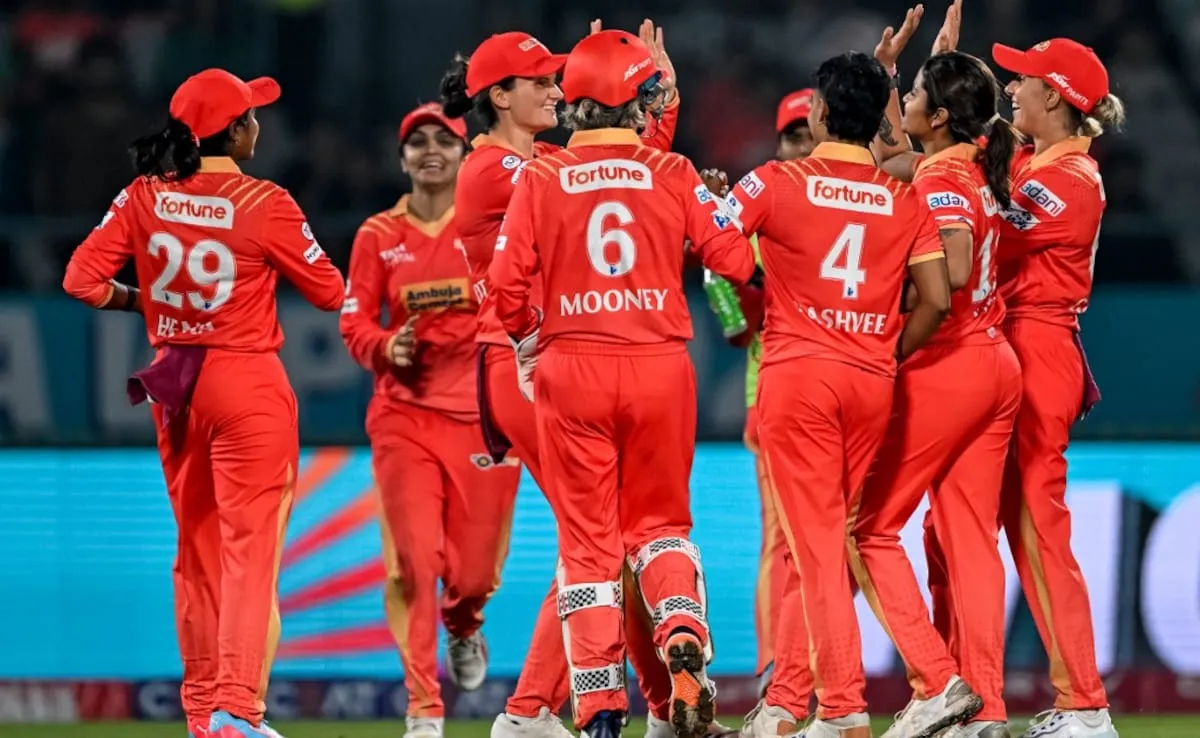
Then came the Gujarat Giants—WPL, Everything changed. Before, girls used to imagine becoming cricketers. Now? They see it. Harleen Deol diving for a catch. Ashleigh Gardner sending one into the stands. Gujarat jersey on their back. Crowd cheering. That wasn’t just on TV. That was possible.
Even if the Giants haven’t won the trophy, they’ve won something else—visibility. When you can point to a screen and say, “She’s from here, like me,” something inside clicks. Now, local tournaments print names on jerseys. Some even get banners. Parents are bringing snacks and clapping. It’s not WPL-level. But it’s not invisible anymore.
Still, It's Tougher Than It Looks
Don’t get the wrong idea. It’s not all better. There are towns where girls still don’t have coaches. No turf. No nets. No team.
They train with boys till they’re told to leave. They play with plastic balls. Make stumps out of bamboo. Keep shoes in their schoolbag because their parents still don’t know.
At 15 or 16, many stop playing. Pressure from school. Family starts dropping hints about marriage. Neighbours whisper. Nobody says it out loud, but the message is clear: “Enough fun. Time to grow up.”
Simran once joked, “When I was scoring 20 runs, I was wasting time. I hit a 50, and suddenly I was everyone’s pride.”
Some days they juggle washing kits, helping at home, studying late, and still make it to practice by 6 a.m. No one claps. Most still ask—"Why?"
Little Sparks in Small Places
But sparks are flying. In Vadodara, a tea seller’s daughter cried when she got her first new kit. Not a borrowed one. Hers. In Jamnagar, a girl who trained on concrete is now on the U-19 state team. Schools now mention girls' cricket in annual reports. Parents film games on cheap phones. WhatsApp groups light up with score updates.
Schemes like Khelo India help. A bit. But honestly? Most of this is self-driven. One girl makes it to district trials, and suddenly five more show up the next morning at practice. It’s like hope passes faster than equipment.
What They Need (More Than Applause)
Here’s what really helps:
- More matches. Not just drills—real, sweaty, competitive games.
- Basic match money. Doesn’t have to be big. Just enough to cover shoes or bus fare.
- Media. Not just for Team India. Talk about the girl who got 3 wickets in Anand too.
- Facilities. A few turf wickets. Lighting that works. Lockers. Clean washrooms. It’s not much to ask.
- A roadmap. From under-14 to state level to something more. Don’t make them guess the next step.
And for heaven’s sake, stop asking if girls can play. Go watch one game. You’ll stop asking.
The Final Over – They're Already In
Next time you walk past a ground in Gujarat and see a few girls tossing a ball around—don’t walk by.
That might be Riya, bowling her sixth over under a beating sun. That could be Fatima, sprinting across a muddy field to cut off a boundary.
They’re not asking for sympathy. They’re not trying to prove anything anymore. They just want a good pair of spikes. Maybe a coach who won’t cancel. A little space. A little time. And someone—anyone—to believe they’re not playing a game. They’re building something.
The queens of the crease in Gujarat? They’re not waiting. They’re here. Already scoring. Already diving. Already climbing. And maybe—just maybe—the next Mithali or Harmanpreet isn’t in Mumbai or Delhi. She’s in Bhavnagar. Bat raised. No one watching. Yet.



